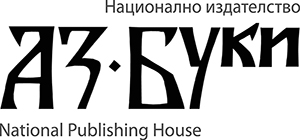Ivan Valchev
Sofia University
https://doi.org/10.53656/his2024-5-2-anc
Abstract. The paper presents an analysis of the accounts provided by Western travellers from the 16th century regarding the ancient monuments situated along the route of Via Diagonalis, which traverses the Balkans from Belgrade to Istanbul. The ancient Roman road was primarily utilised by Habsburg envoys to the Sublime Porte, although it was also employed by diplomats from Venice and, on occasion, from France. The travelogues provide insight into the condition of the ancient road and the ruins in Nis, Sofia, Plovdiv and Edirne. It is of particular interest to note the remains of the gate in Trajan’s Pass. The information provided by travellers is often limited in scope and lacks sufficient detail. The reasons for this are primarily the lack of time and the suspicious attitude of the Muslims who accompanied the travellers. Nevertheless, travelogues from the 16th century contain invaluable information about monuments and inscriptions that have been destroyed, thereby enhancing our understanding of the history and culture of the Roman provinces of Thrace and Upper Moesia. Furthermore, travellers provide insight into the attitude of the local population towards antiquities. In contrast to Renaissance Europe, where the study and preservation of Antiquity was a prominent aspect of the educated elite’s culture, travellers indicate a lack of interest in these matters among the local population.
Keywords: travelogues, Via Diagonalis, roman Trace and Upper Moesia, ancient monuments


